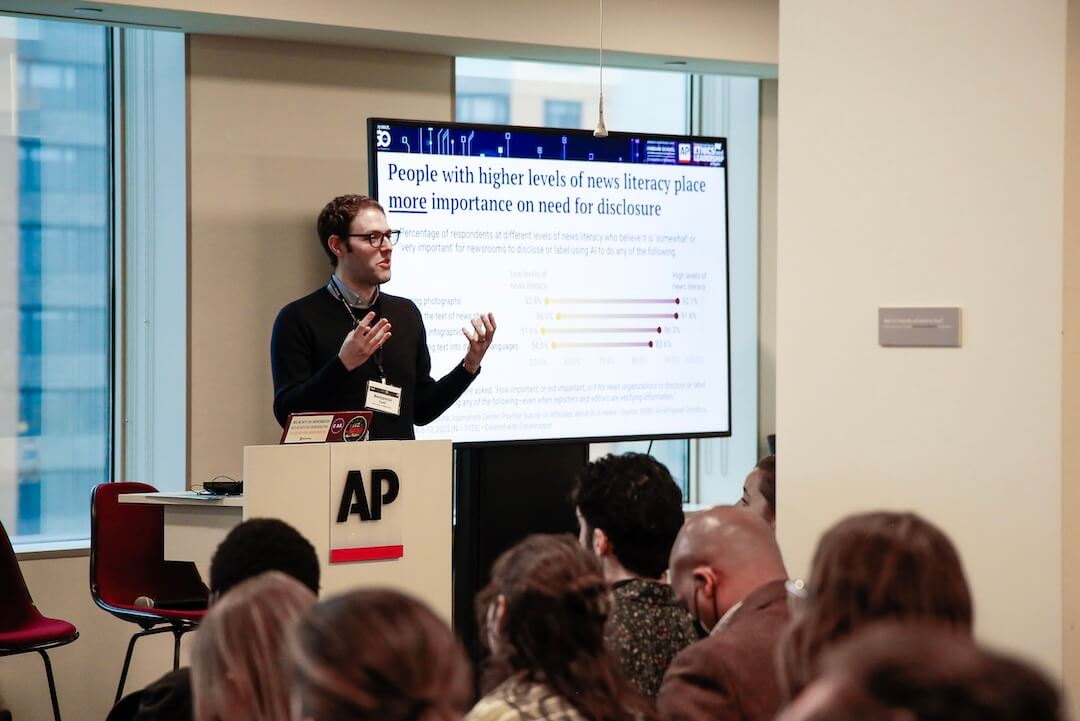You will learn
- Strategies for managing emotional responses to misinformation.
- Strategies for sharing information with friends and family.
Whether it is you or a family member who encounters misinformation, the most important tool is to stay calm. If you see something that causes strong emotions, it’s a good sign to pause, collect your thoughts and verify it. And if a loved one is reacting strongly to something they’ve seen, the best tool to bring to the table is a calm attitude.
Conversation starters
How to approach a topic
The tips in the video can help with any conversation about misinformation, but everyone has different comfort levels. Think about a specific friend or family member and arrange the tips in order of what you think would be most important to remember when talking to that person. For example, your best friend might be most concerned with finding facts, while your great-aunt may need more listening and empathy. Try this activity with different people in mind to help you develop these tools for anyone in your life.
Share a truth sandwich
When journalists report on falsehoods, they try to avoid amplifying inaccurate information. Repetition can reinforce beliefs, so journalists have a strategy about exposing false information when reporting on it. The solution: make a “truth sandwich.” You can use this strategy to discuss facts and fakes with others.
The idea comes from George Lakoff, a University of California-Berkeley professor of linguistics and cognitive science. To serve up a tasty “truth sandwich,” he proposes the following steps:
1. Start with the truth. The first frame gets the advantage.
2. Indicate the lie. Avoid amplifying the specific language if possible.
3. Return to the truth. Always repeat truths more than lies.
Stack it up: Build a truth sandwich
Try using this strategy. Imagine a friend came to you and told you to throw away your Stanley cup because it could give you lead poisoning. You already watched this fact-check on the topic, so you know the real story. Build a truth sandwich to share with your friend by sorting the information below.
Takeaway
Assisting friends and family separate fact from fiction requires empathy and patience. Everyone has different perspectives and levels of understanding. Learning how to facilitate relationships and recognize emotional responses to misinformation are key factors in helping loved ones.
References and Resources








